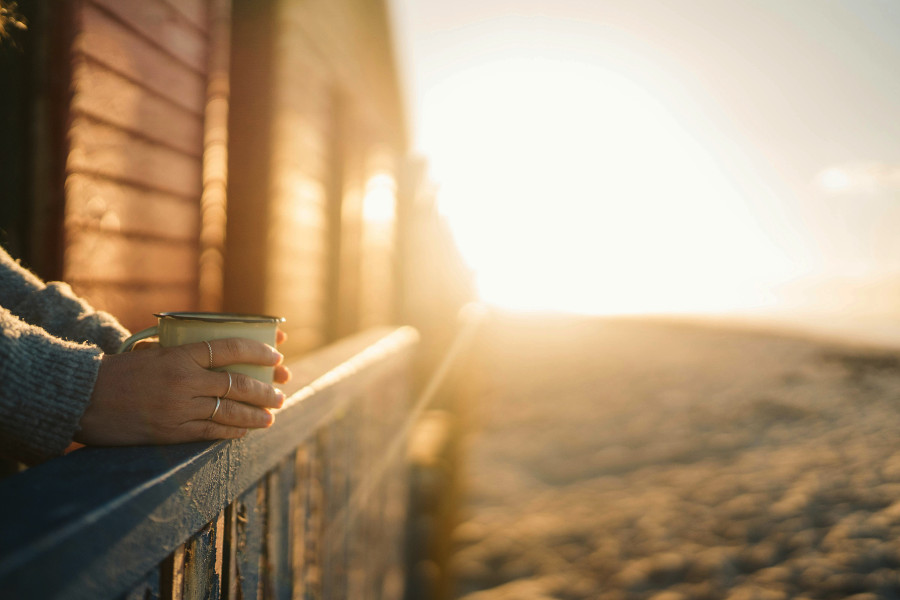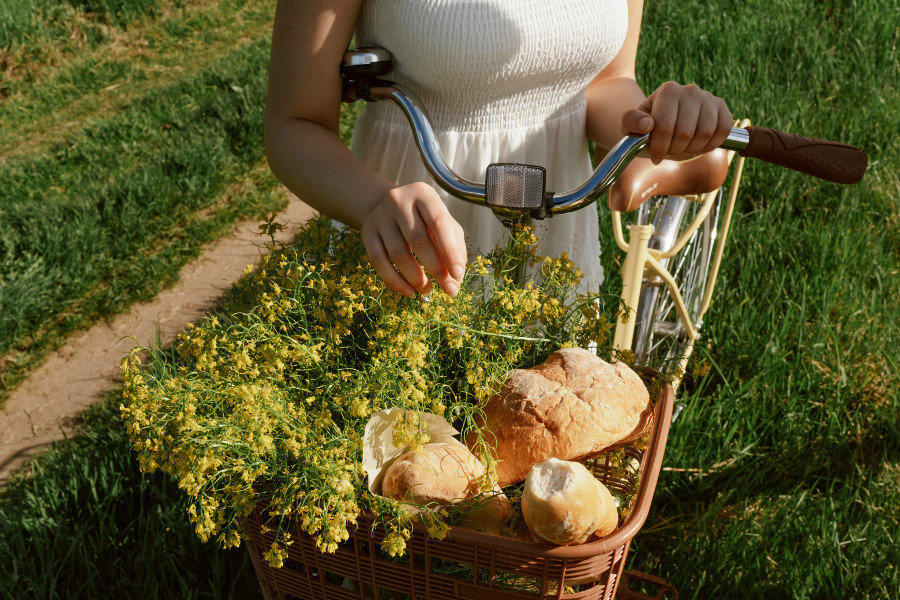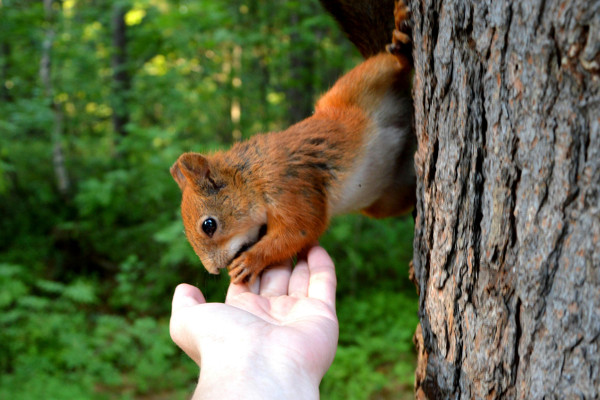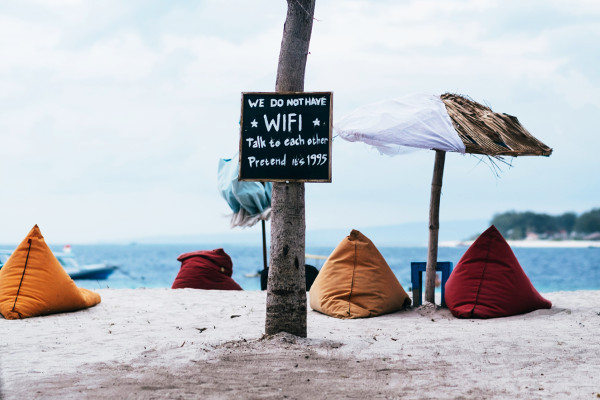The Slow Living Movement: Embracing a Life of Intention and Mindfulness
In a world where everything seems to be moving faster and faster - where time feels like it’s slipping through our fingers - there’s a movement gaining traction that encourages us to slow down. Slow living isn’t just about hitting pause on life, though. It's about intentionally choosing to live in a way that reconnects us to what really matters: quality over quantity, mindfulness over rush, and sustainability over excess. We’ve all felt the overwhelm of constant connectivity, the stress of juggling too much, and the pressure to be “on” all the time. And in the midst of that chaos, slow living offers a chance to hit reset and breathe deeply.

In a culture that thrives on speed - where we rush from task to task and take pride in how much we can accomplish in a day - embracing the slow living movement can feel like a radical act. But it’s one that is more and more being embraced by people across the world looking for peace, balance, and a more fulfilling way of life.
1. Origins and Philosophy of Slow Living
The idea of slowing down isn’t as new as it might seem. It actually began with the slow food movement in Italy back in the 1980s, a response to the rise of fast food chains and the growing pace of modern life. Carlo Petrini, the movement’s founder, argued that food should be something we take time to appreciate - something enjoyed, not rushed through. This focus on quality, community, and sustainability quickly spread, leading to the broader slow living movement that touches all aspects of life, from how we spend our time to how we engage with the environment.
Slow living is all about mindfulness, sustainability, and intentionality. It’s a deliberate choice to step away from the frantic pace of modern life, slowing down and savoring the present moment. And while it’s often associated with minimalism, eco-consciousness, and living with less, slow living isn’t about deprivation - it’s about embracing what truly adds value to your life.
2. The Pillars of Slow Living
So, what exactly is slow living about? It’s not just a vague idea - it’s based on clear, actionable principles that are meant to guide us toward a more balanced, intentional way of living. Here’s a breakdown:
Mindful Consumption
Slow living encourages us to rethink how we consume. Rather than buying into the constant cycle of consumption, slow living suggests being more deliberate about our choices. This doesn’t mean living without - just the opposite. It’s about choosing quality over quantity, buying fewer, longer-lasting items, and prioritizing sustainable, local products. Think of it like this: instead of grabbing a quick, plastic-wrapped snack, you might take the time to prepare a home-cooked meal with fresh, local ingredients.
Time Management
Slow living isn’t about having less to do; it’s about finding meaning in how we spend our time. It’s about being present and giving full attention to what’s in front of us. For example, instead of rushing through dinner or juggling multiple things at once, slow living encourages us to savor meals, spend time with loved ones without distractions, and engage in activities that allow us to be fully immersed in the moment.
Sustainability
A core tenet of slow living is sustainability. It’s a recognition that our lifestyle choices directly impact the planet, and slowing down is a way to mitigate that harm. Whether it’s reducing waste, supporting ethical brands, or minimizing our carbon footprint, slow living is about making choices that are both kind to the Earth and thoughtful for our future. It might mean buying less plastic or opting for public transportation over driving - small changes that add up over time.
Connection with Nature
Slow living is all about reconnecting with the natural world. After all, humans evolved as part of nature, so it makes sense that we feel most at peace when we’re in natural surroundings. Whether it’s gardening, hiking, or just sitting outside, nature offers a space where we can find calm and reset our minds. The more time we spend outdoors, the better we feel, which is why slow living emphasizes taking breaks from our tech-driven world and stepping into nature.

3. Benefits of Slow Living
So, what’s the payoff of living slowly? It’s not just about feeling good in the moment - there are lasting, meaningful benefits that can have a profound effect on your mental, physical, and emotional health.
Mental Health
When you slow down, you give your mind the space to breathe. It’s almost like pressing pause on the chaos. This slower pace helps reduce stress and anxiety and allows you to be more mindful of your thoughts and feelings. Less time on social media, less rushing through tasks, and more moments spent in nature can help alleviate burnout and provide mental clarity. Studies show that taking the time to slow down and focus on one task at a time is proven to reduce stress levels and improve well-being.
Physical Health
Taking it slow can also be good for your body. Living at a slower pace can lead to better sleep, more consistent exercise, and healthier eating habits. When you slow down, you also give your body the time it needs to heal, digest, and refresh. It’s about prioritizing rest and nourishment, instead of constantly pushing through exhaustion.
Stronger Relationships
In a world where we often feel like we’re not fully present with the people we care about, slow living can help us reconnect with others in a deeper, more meaningful way. By slowing down and engaging in more mindful conversations, spending quality time without distractions, and genuinely listening to those around us, we can create stronger bonds and nurture our relationships.
Environmental Impact
Another major benefit of slow living is its positive impact on the environment. By reducing our consumption and living more sustainably, we contribute to a healthier planet. Every choice - from buying fewer plastic products to supporting local businesses - helps reduce waste and limits our environmental footprint. The more we embrace slow living, the more we contribute to a movement that values the planet we call home.
4. How to Incorporate Slow Living into Daily Life
Living slowly doesn’t mean you have to make huge, life-altering changes. It’s about small, intentional shifts in how you live day-to-day. Here’s how you can bring the principles of slow living into your life:
Start Small
You don’t have to change everything overnight. Begin with small, manageable steps. Maybe start with dedicating five minutes every morning to mindfulness or taking time to savor your breakfast. The key is consistency and finding moments throughout your day to slow down and be present.
Mindful Consumption
One simple way to embrace slow living is by being more mindful of what you buy. Instead of impulse shopping, take time to research products that align with your values - whether it’s eco-friendly, local, or high-quality items. For instance, instead of grabbing a quick meal from a fast food chain, try preparing a nourishing meal at home with locally sourced ingredients. You’ll feel better knowing you’ve taken the time to choose well.
Time Management
To live more slowly, it’s important to prioritize time for what really matters. This means saying no to unnecessary commitments and being more selective with your energy. Consider scheduling "slow time" into your week - whether that’s a quiet morning with a book, an afternoon walk, or even a digital detox. Use that time to focus on activities that recharge your mind and body, like practicing a hobby or spending time with loved ones.
Slow Travel
Traveling at a slower pace allows you to truly experience the places you visit. Instead of rushing from one tourist attraction to another, slow down and immerse yourself in the local culture. Take the time to walk, cycle, or take public transport rather than rushing through on a tight schedule. By doing so, you’ll not only enjoy the experience more but also connect with the community in a deeper way.
Digital Detox
Take a step back from the constant pull of digital devices. Try setting specific times in your day to disconnect - maybe an hour before bed or a whole weekend every month. Use this time to enjoy the things you might otherwise miss: a conversation, a hobby, or simply sitting outside and enjoying nature. Disconnecting helps reduce stress and brings a sense of peace.
Minimalist Living
Slow living and minimalism often go hand in hand. Declutter your space by keeping only what adds value to your life. Rather than accumulating more stuff, focus on quality - whether it’s your clothing, furniture, or technology. This reduces physical and mental clutter, making room for what’s truly important.

5. The Challenges and Criticism of Slow Living
It’s easy to get caught up in the notion that slow living is a privilege - one that only those with extra time and resources can afford. For many, work schedules, family obligations, and other pressures make slowing down seem impossible. Plus, some critics argue that it’s an idealistic approach to life that doesn’t fit with the demands of modern society.
But slow living isn’t about perfection - it’s about progress. It’s about taking small steps toward a more mindful, intentional life. Even if you can’t slow down 100%, you can still make room for moments of mindfulness, sustainability, and quality. It’s not about changing everything at once - it’s about embracing the idea of balance, one step at a time.
You can exchange ideas and get more tips on the r/SlowLiving subreddit. Another interesting website for further tips is Sloww.co.
Conclusion
The slow living movement is a reminder that we don’t have to constantly rush or burn ourselves out to live a full life. By choosing to slow down, we reclaim our time, our peace of mind, and our connection to the world around us. Whether it’s practicing mindfulness, prioritizing sustainability, or simply making space for rest, slow living encourages us to embrace a life lived with intention. Start small, take a breath, and watch how slowing down can lead to a richer, more meaningful life.



